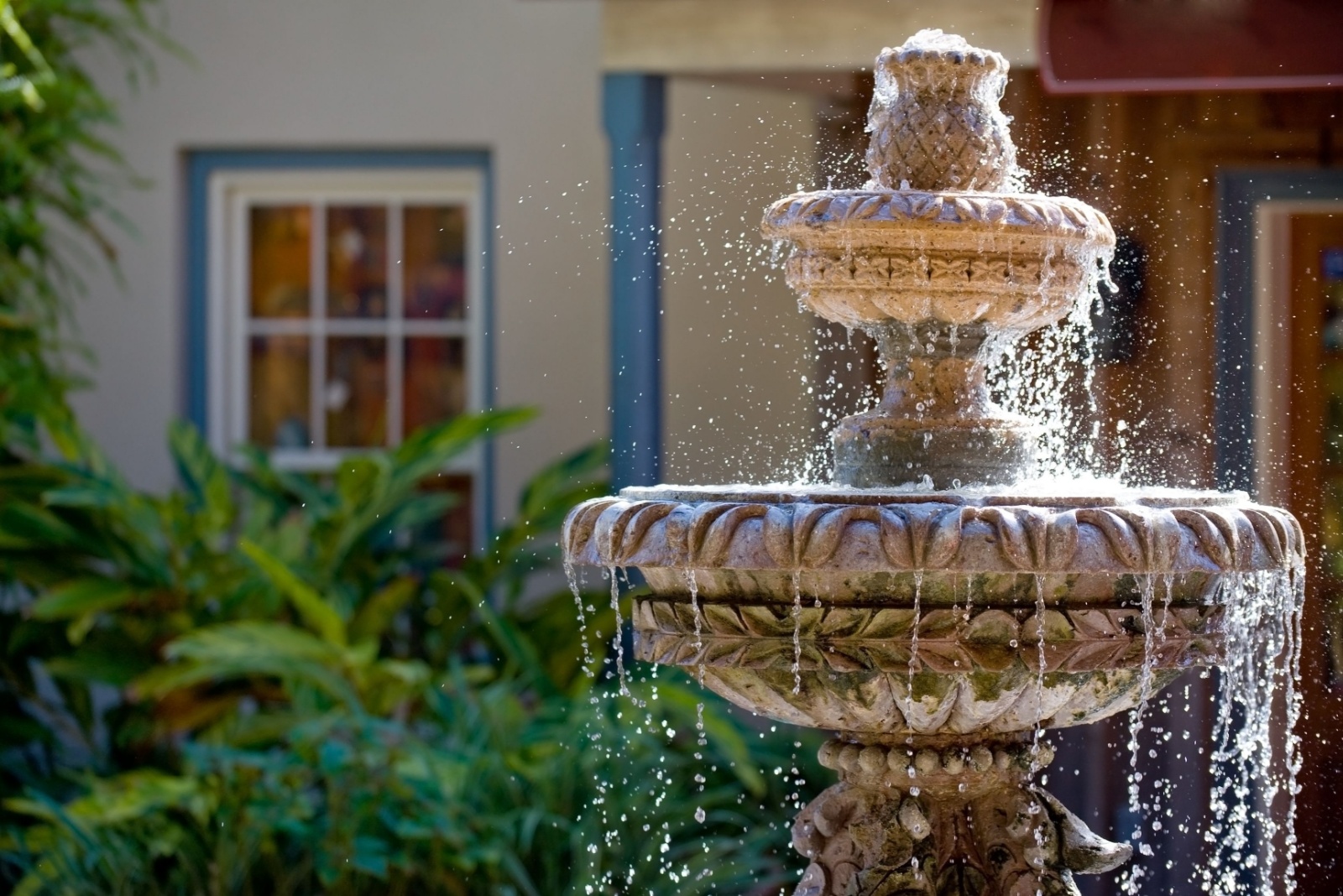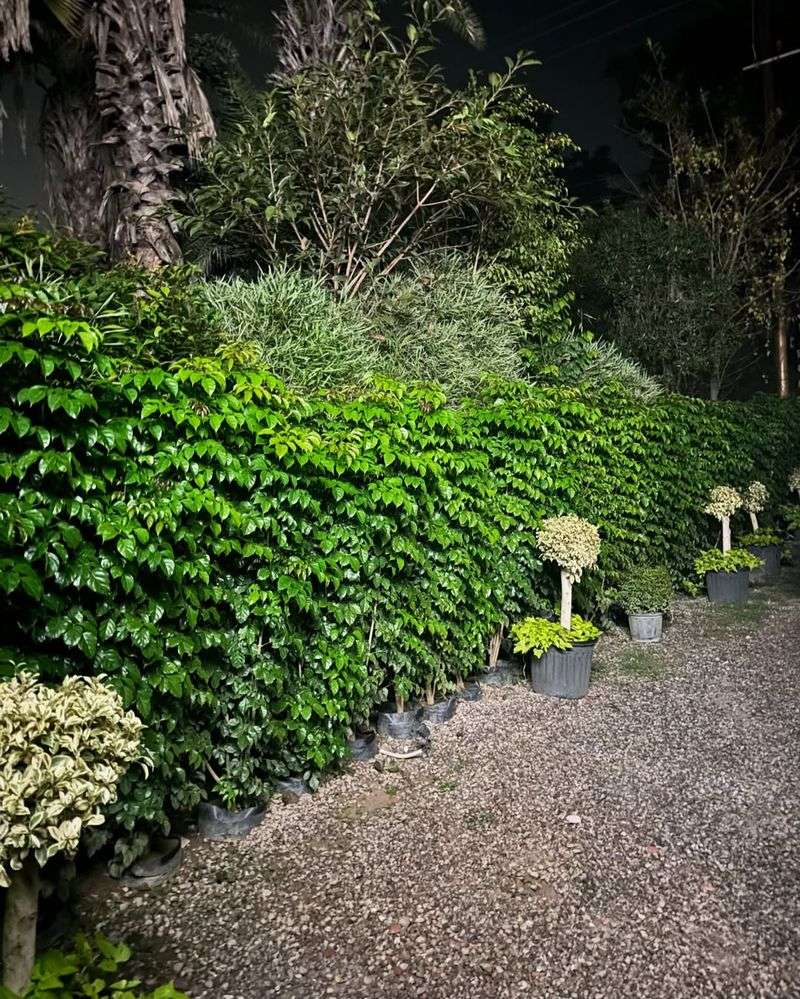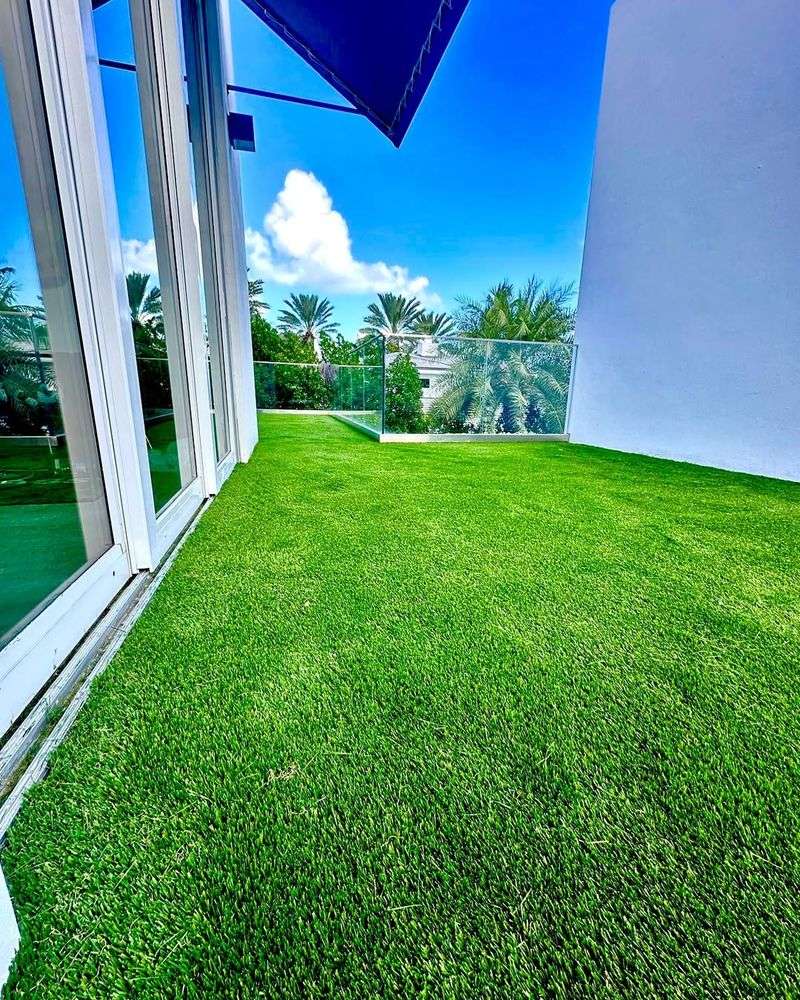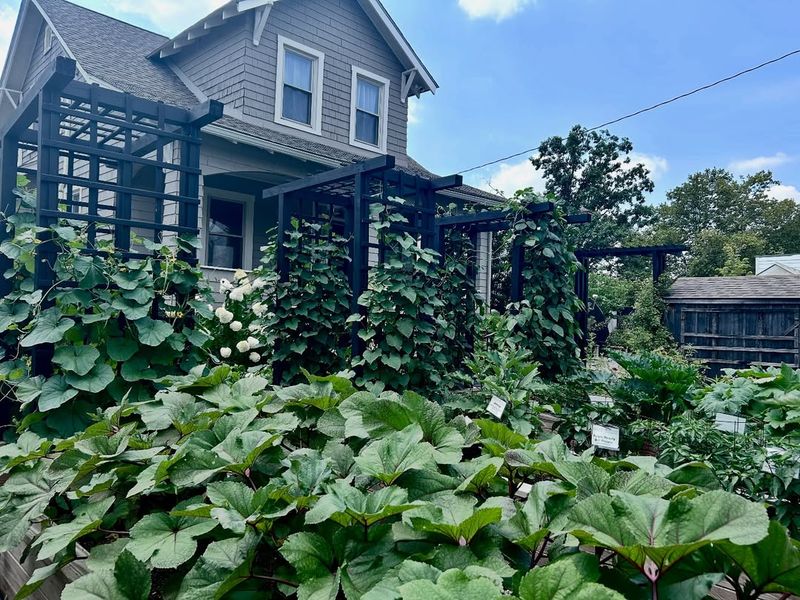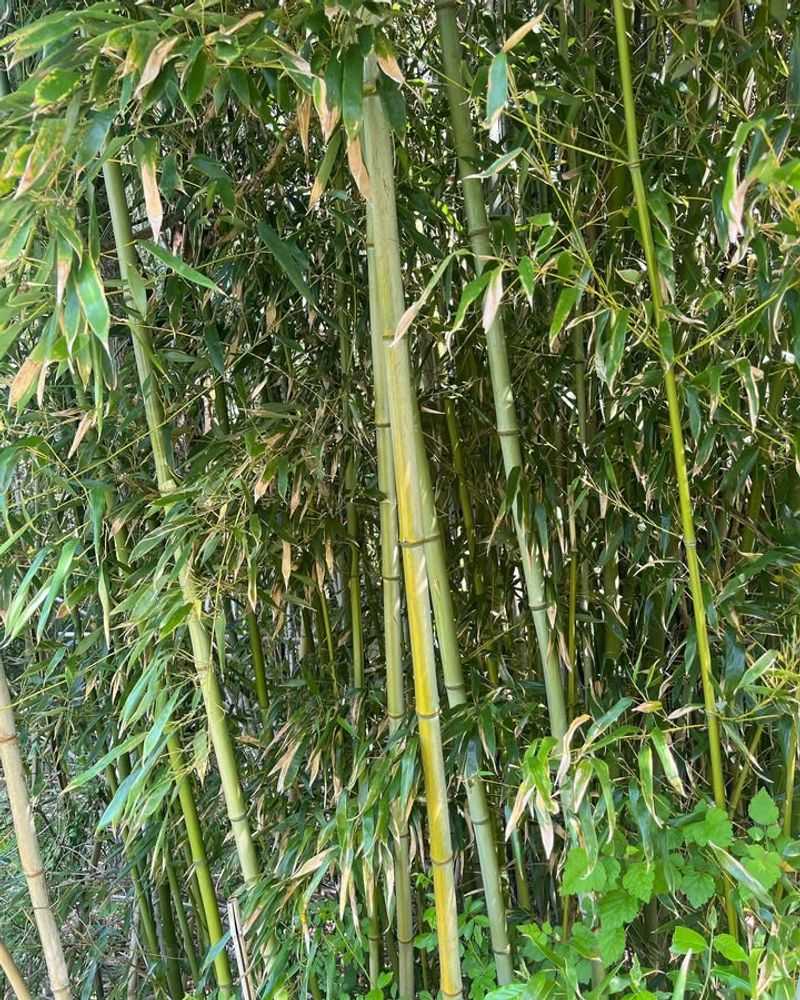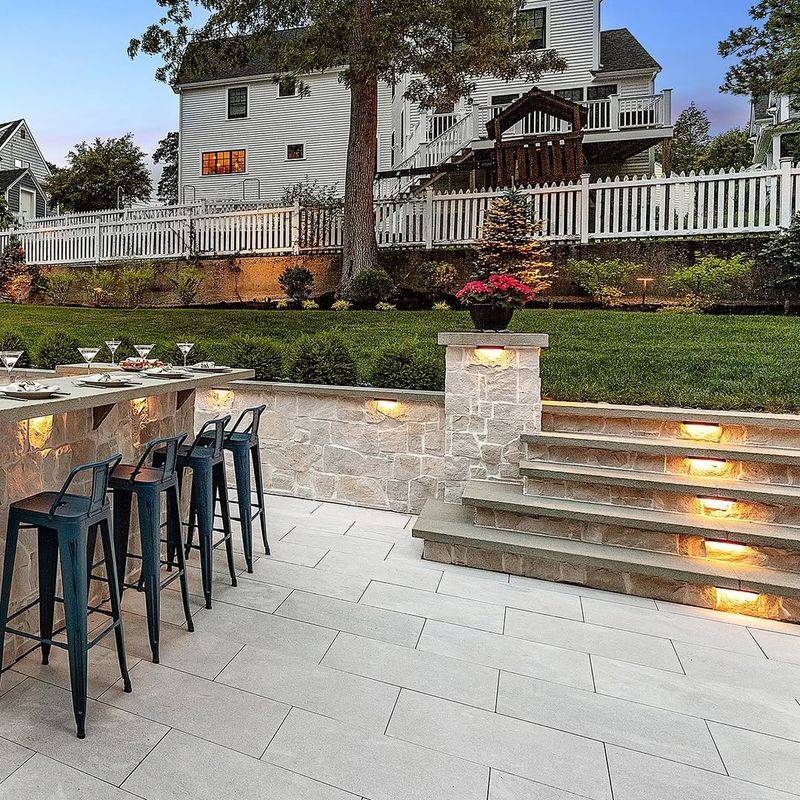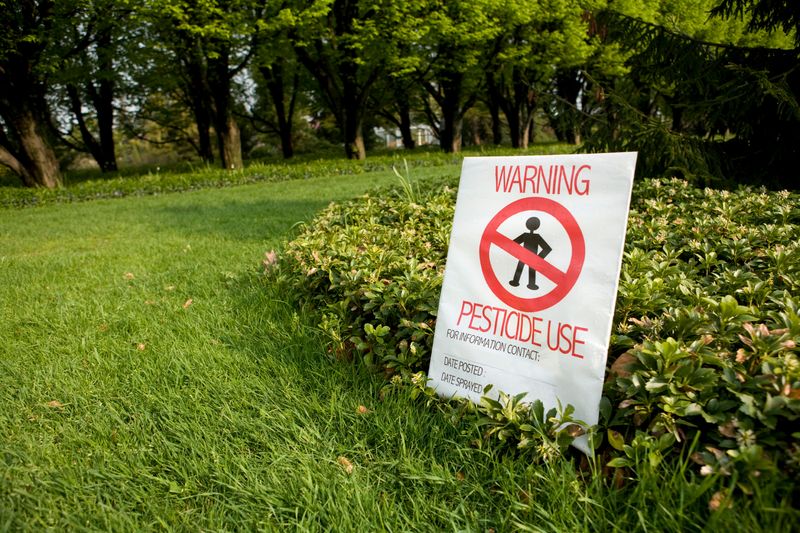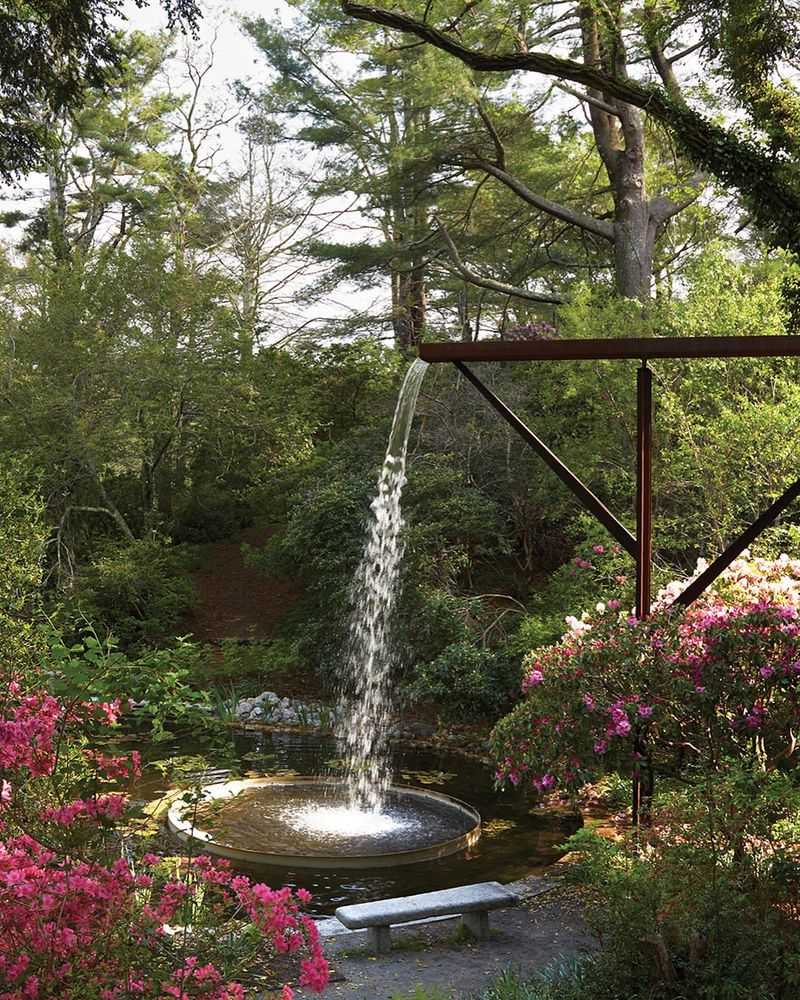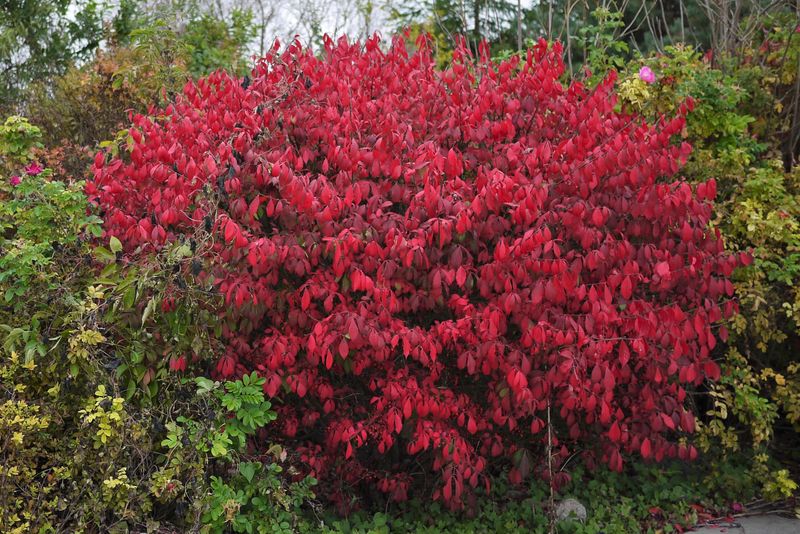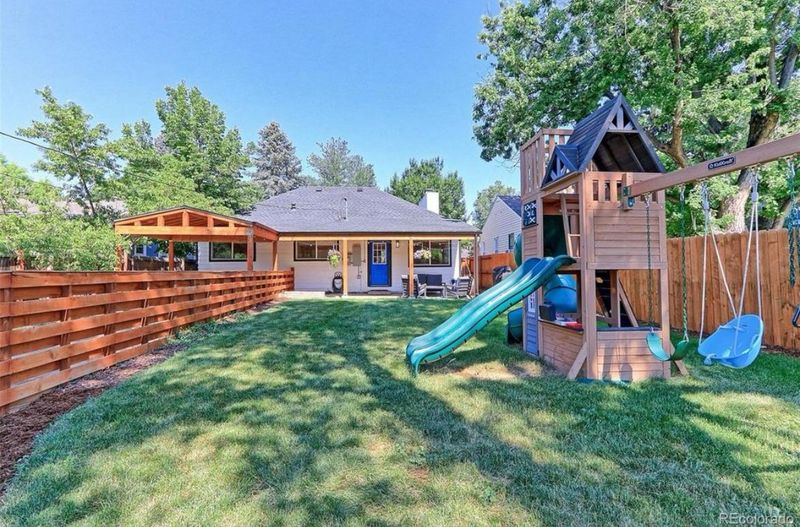Massachusetts neighborhoods are rethinking which yard features belong in modern communities. With growing concerns about environmental impact, neighbor relations, and community aesthetics, many towns are considering new rules about what homeowners can and can’t have in their yards.
These potential bans might change how our neighborhoods look and function in the coming years.
1. Towering Privacy Hedges
Many Massachusetts towns are eyeing restrictions on tall hedges that block views and sunlight. The problem gets worse in densely packed neighborhoods where these green walls can create tension between neighbors.
In Brookline, I’ve seen disputes over arborvitae hedges that grew beyond 8 feet. The town is now discussing a 6-foot height limit for property-line plantings.
Consider lower-growing native shrubs like bayberry or sweet fern instead. These plants provide privacy without the extreme height that causes problems.
2. Artificial Turf Lawns
Synthetic grass might seem like a maintenance-free dream, but several Massachusetts communities are considering limits. The plastic material creates heat islands, prevents natural water absorption, and can leach microplastics into soil.
Last summer during the heat wave, my neighbor’s turf lawn measured nearly 20 degrees hotter than natural grass! Newton already limits artificial turf in front yards.
Natural alternatives like fine fescue grass or clover lawns require less water while staying green through summer.
3. Front Yard Vegetable Gardens
Believe it or not, some Massachusetts communities have rules against growing vegetables in front yards. These rules often stem from outdated ideas about what makes a ‘proper’ front yard landscape.
The town of Needham recently debated this after a family’s tomato garden sparked complaints. Some HOAs across the state have strict rules limiting edible plants to backyard spaces only.
For those facing restrictions, try incorporating edibles like blueberry bushes or herbs that look ornamental while providing food.
4. Bamboo Plantings
Running bamboo has become a neighborhood nightmare in many Massachusetts communities. This aggressive plant sends underground runners that can travel 15 feet or more yearly, invading neighboring properties without permission.
A friend in Lexington spent thousands removing bamboo that crept under her fence. Now, towns like Wellesley are drafting ordinances that would ban running bamboo varieties entirely.
If you love bamboo’s look, clumping varieties like Fargesia stay contained and won’t cause neighborly feuds.
5. Bright Outdoor Lighting
Excessive yard lighting is facing scrutiny in Massachusetts towns concerned about light pollution. Those motion-activated floodlights and decorative landscape lighting can disrupt wildlife and disturb neighbors.
Cape Cod towns have been leaders in this area. Eastham recently passed a dark sky ordinance limiting outdoor lighting intensity and requiring shields to prevent light trespass.
When planning yard lighting, opt for low-voltage options with warm colors rather than harsh blue-white LEDs that affect sleep patterns and wildlife behavior.
6. Chemical Lawn Treatments
The perfectly green, weed-free lawn may soon be a thing of the past in Massachusetts. More towns are restricting chemical fertilizers and pesticides that run off into waterways and harm beneficial insects.
Marblehead and Wellesley have already limited certain lawn chemicals on public properties. Now, similar restrictions for private yards are under consideration across the state.
My own switch to organic lawn care took some adjustment, but the return of fireflies and butterflies to my yard made it worthwhile.
7. Water Features And Fountains
Decorative fountains and water features may face restrictions as Massachusetts communities deal with recurring drought conditions. These water-using yard elements can waste thousands of gallons annually through evaporation.
During last year’s water ban in Concord, I covered my small fountain with plants. Several towns now require recirculating pumps and rain barrels as water sources for any new water features.
Consider rain gardens with native plants as alternatives—they capture stormwater naturally while providing habitat for local wildlife.
8. Non-Native Invasive Plants
Japanese barberry, burning bush, and purple loosestrife are just a few plants facing bans in Massachusetts yards. These invasive species escape into natural areas, crowding out native plants that wildlife depends on.
Walking through conservation land near my home in Framingham, I’ve seen how quickly Japanese knotweed takes over. The state already prohibits selling many invasives, but existing plants may soon need removal.
Native alternatives like winterberry holly, chokeberry, and New England aster offer similar beauty without the ecological damage.
9. Oversized Play Equipment
Those massive backyard playsets and trampolines might soon face size and placement restrictions in some Massachusetts communities. Concerns about safety, visibility, and neighborhood aesthetics are driving these potential changes.
In Winchester, the planning board recently discussed limiting play structures to certain yard zones and maximum heights. My neighbors had to remove their 12-foot-tall playset after complaints.
More modest play areas that incorporate natural elements like logs and boulders might be the compromise solution many towns will encourage.

